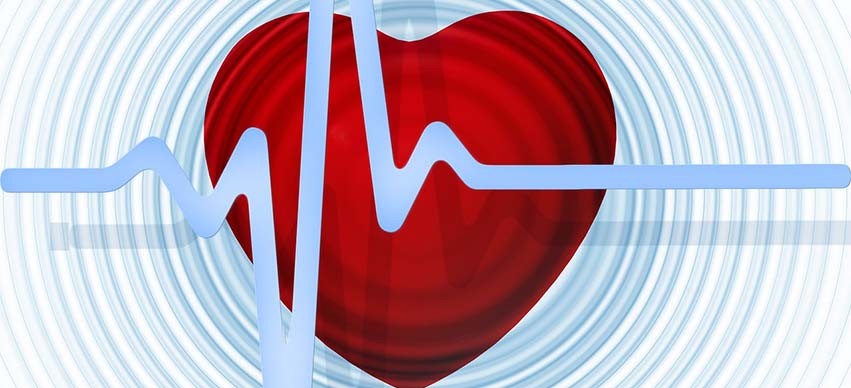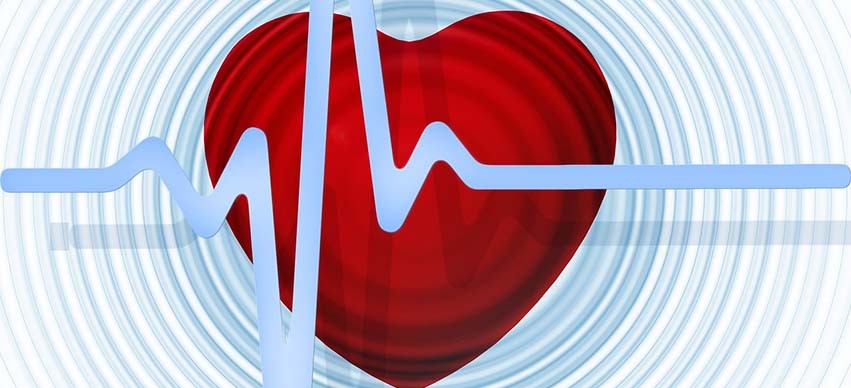
What is a Heart Attack?
The heart is one of the largest muscles in the body. The wall of the heart is the muscle that does the pumping, and it is called the myocardium. During a heart attack, this muscle tissue is denied oxygen-carrying blood due to a blocked artery. When the shortage of oxygen gets so bad that many cells die, it's called infarction.The medical name for a heart attack is an acute myocardial infarction (MI).
What Causes Heart Attacks?
Every organ needs oxygen-carrying blood to stay alive, and the myocardium (the muscle that forms the wall of the heart) is no exception. It has its own oxygen supply, via the coronary arteries. In coronary artery disease, fatty deposits (plaques) form in the inner walls of the coronary arteries, narrowing them and reducing blood flow to the heart. This process is called atherosclerosis.
- Most heart attacks occur when the atherosclerotic plaque lining an artery ruptures.
- Blood then forms a clot on the damaged artery, which may partially or completely obstruct blood flow. If the blockage gets severe enough, heart attack symptoms appear, and heart muscle cells may start to die.
- Rarely, a coronary artery spasm stops blood flow through an apparently healthy coronary artery, causing a heart attack. In most of these cases there's no identifiable cause.
Symptoms of a Heart Attack
Most heart attack victims feel some symptoms in the days leading up to the attack.
- The most common symptom is angina (chest pain). Chest pain results when the heart muscle is not getting enough oxygen, a condition called ischemia. Angina is likely to get worse or more frequent as the heart attack approaches. Other possible symptoms are extreme fatigue and shortness of breath. If someone has angina, they may have difficulty distinguishing angina symptoms from heart attack pain.
- Heart attack symptoms are usually much more severe and longer-lasting (more than 20 minutes) than angina.
- Heart attack symptoms are relieved only slightly or temporarily by rest or medications used to relieve angina.
- Many people report feeling a sense of warning as a heart attack approaches. There can be tightness, pressure, pain, and a "squeezing" feeling in the chest. The pain may also be felt in the back, jaw, shoulder, or arm (especially the left arm).
- The heart may speed up and beat irregularly.
- Although chest pain is usually the first symptom, up to 20% of people having a heart attack do not experience chest pain.
Few Other Symptoms That May or May Not Develop:
- Shortness of breath
- Anxiety
- Sweating
- Confusion
- Nausea and vomiting
- Temporary changes in vision
- Lightheadedness
What To Do if You See Someone Having a Heart Attack?
- If you encounter someone who is unconscious from a presumed heart attack, call for emergency medical help.
- If you have received training in emergency procedures, begin cardiopulmonary resuscitation (CPR).
- This helps deliver oxygen to the body and brain.
- Call for medical emergency and see the doctor as soon as possible

